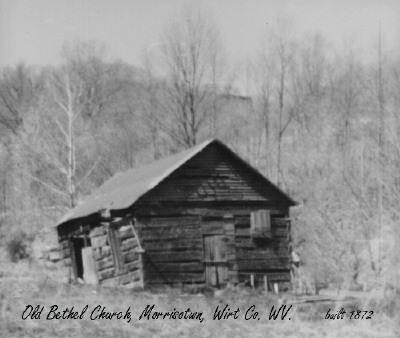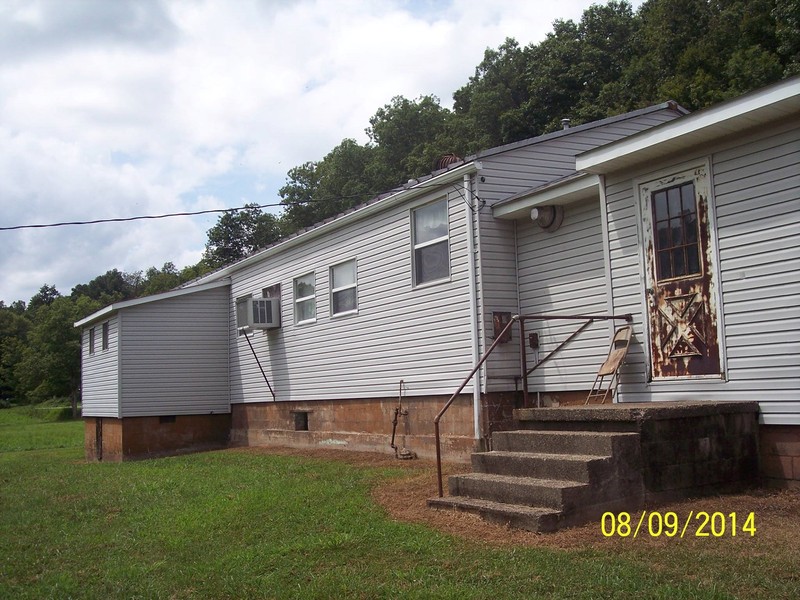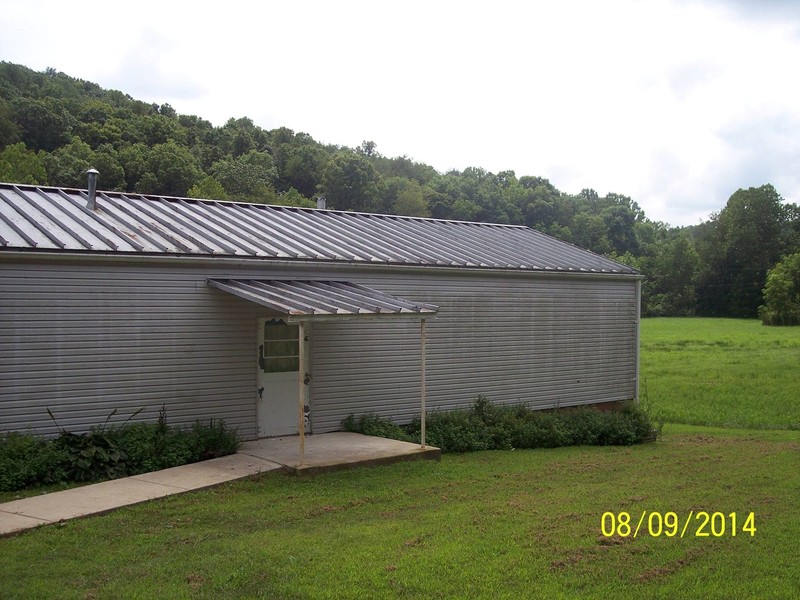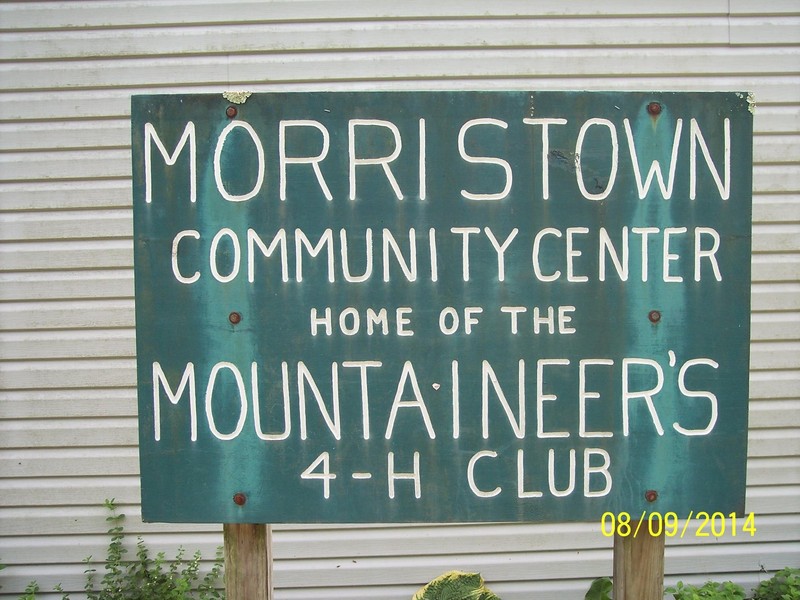Morristown, WV and the Tucker District
Introduction
Text-to-speech Audio
Images
The Old Bethel Church when it was still standing. There is not many pictures of old Morristown because photography was more rare in the 19th century and any pictures that had been taken have been lost.

Morristown in recent years

Morristown in recent years

Morristown in recent years

Backstory and Context
Text-to-speech Audio
The Tucker District is one of the 7 magisterial districts that was formed in 1848, before West Virginia was even a state. Morristown is the name of the town that at one time was located in this district. The area was named Tucker due to the creek named Tuckers Creek that ran through most of the district to the Little Kanawha River. The first land grants given for this area of land in 1802. There were many land grants given for this area in the next 6 years. It is recorded that at least 14 residents from the Tucker District fought in the Civil War. After the war, over 50 families moved into this area. Most people that lived here in the peak of the Tucker District lived in log cabins, but some lived in frame houses nearing the end of the century.
Morristown was the center of the Tucker District and was a thriving town after the Civil War up until a devastating flood in 1889. It began on a plot of land that had been sectioned off into smaller lots for houses and business. In this town, there were timber and flour mills, a Blacksmith shop, many merchandising stores, a post office, a packing house, a bonnet shop, a tobacco warehouse, churches, many schools, and many residences. Morristown was a self-sustaining, full-functioning town before its demise.
On July 18, 1889, a great flood wiped away most of the town. Since the town was located right along the creek, it was always at great risk for floods. The flood was very sudden and ruined much of the community. Four houses were swept away in the water along with the bonnet shop, packing house, post office, and 3 merchandise stores. Many of the crop fields that sustained community members were ruined in this floods. Several people and families of the community were killed in the catastrophe.
After the flood, since many residences and businesses were washed away, the town began a drastic decline. Both the Bethel United Brethren Church and the Methodist Episcopal Church lasted into the 20th century. 4 other smaller churches functioned in this area in the early 1900s. By the turn of the century, there were 12 functioning schools in the district. The last functioning school was Morristown School which lasted until 1982.
Today, Morristown and the Tucker District is drastically different than it was in the latter part of the 19th century. Morristown is unincorporated with the only structure that is not a house being a community building that was previously the Morristown School. The community building is used for the Morristown Mountaineers 4-H and can be rented by members of the community for parties and events.
